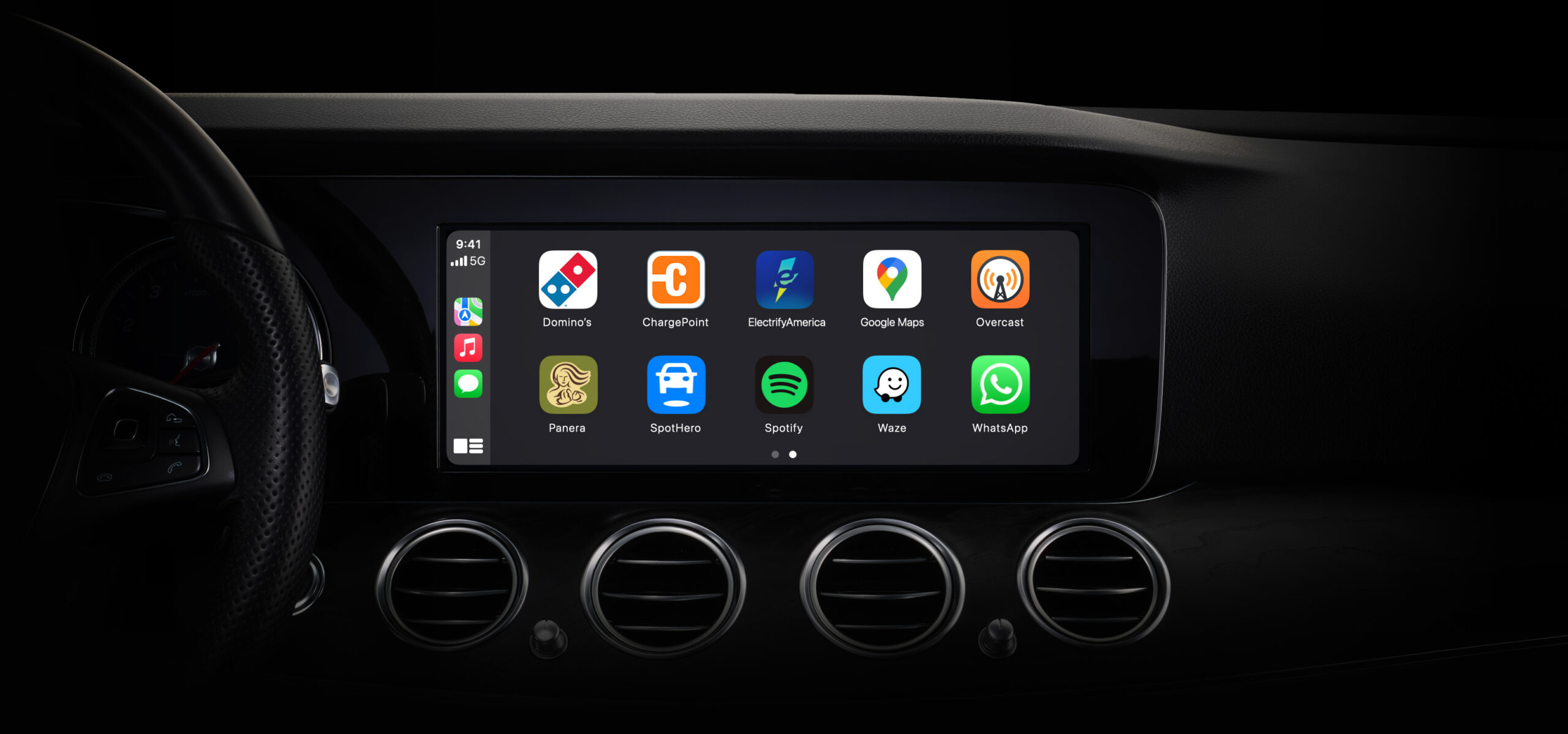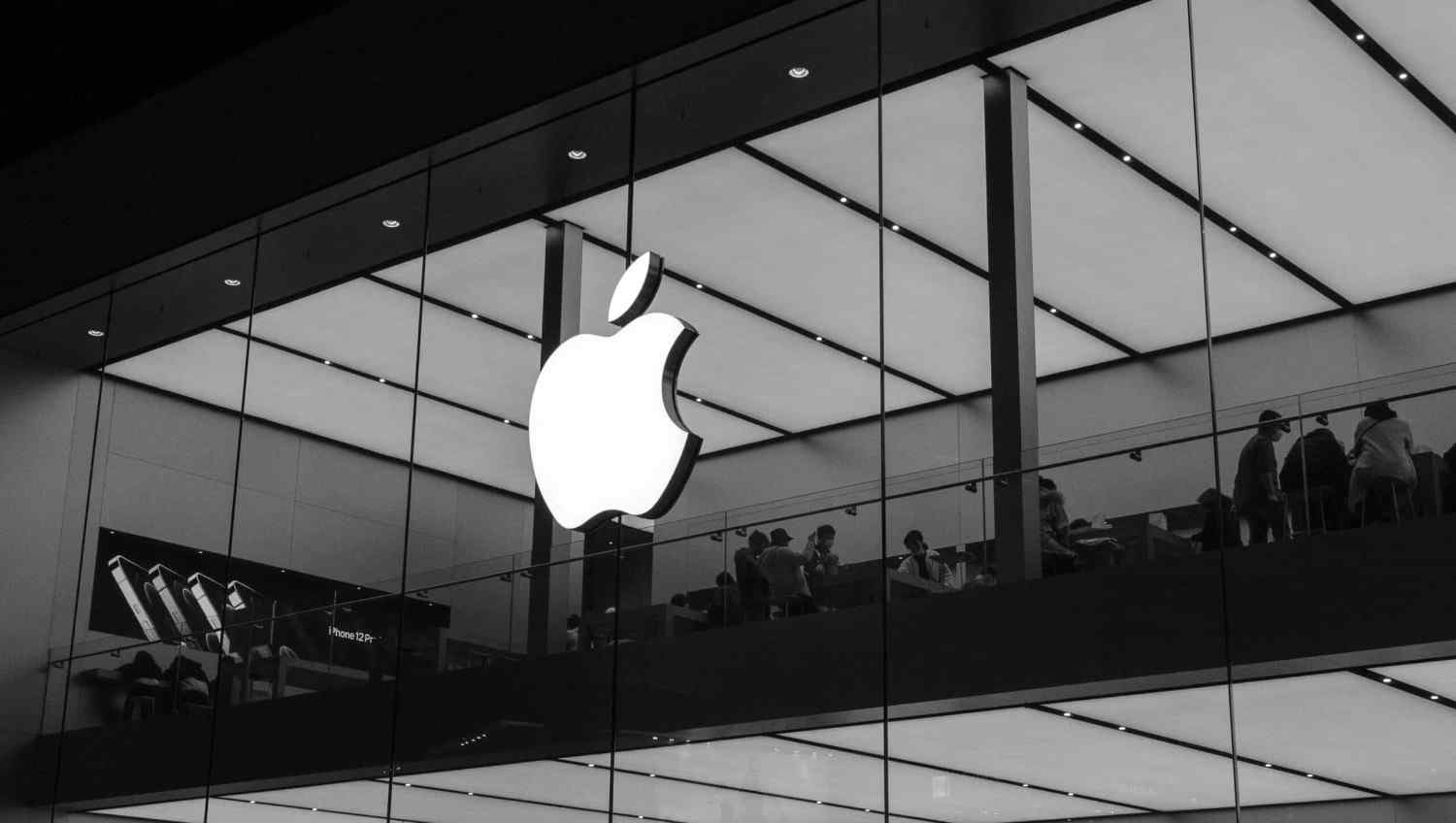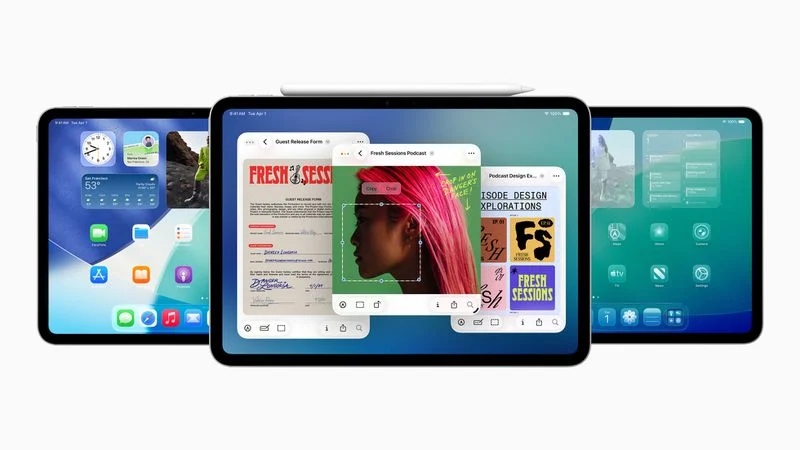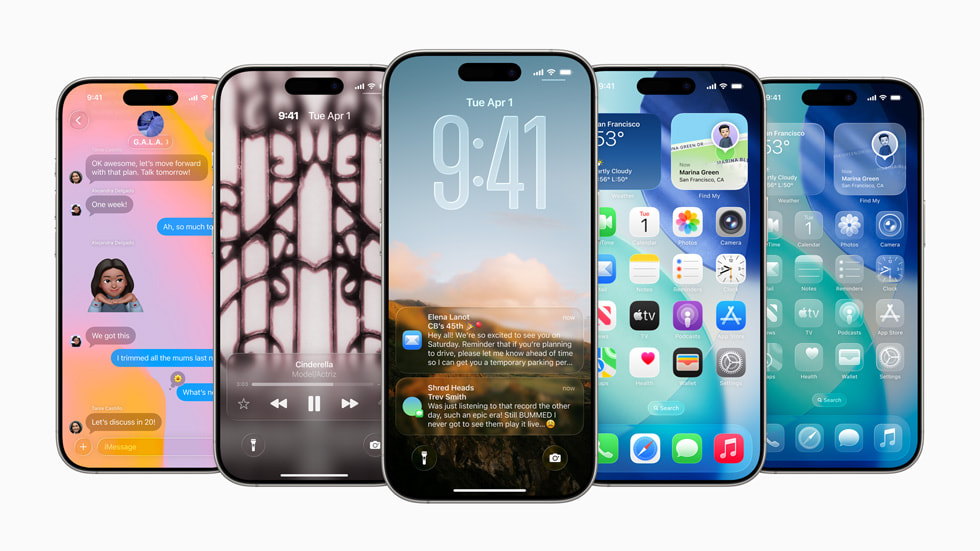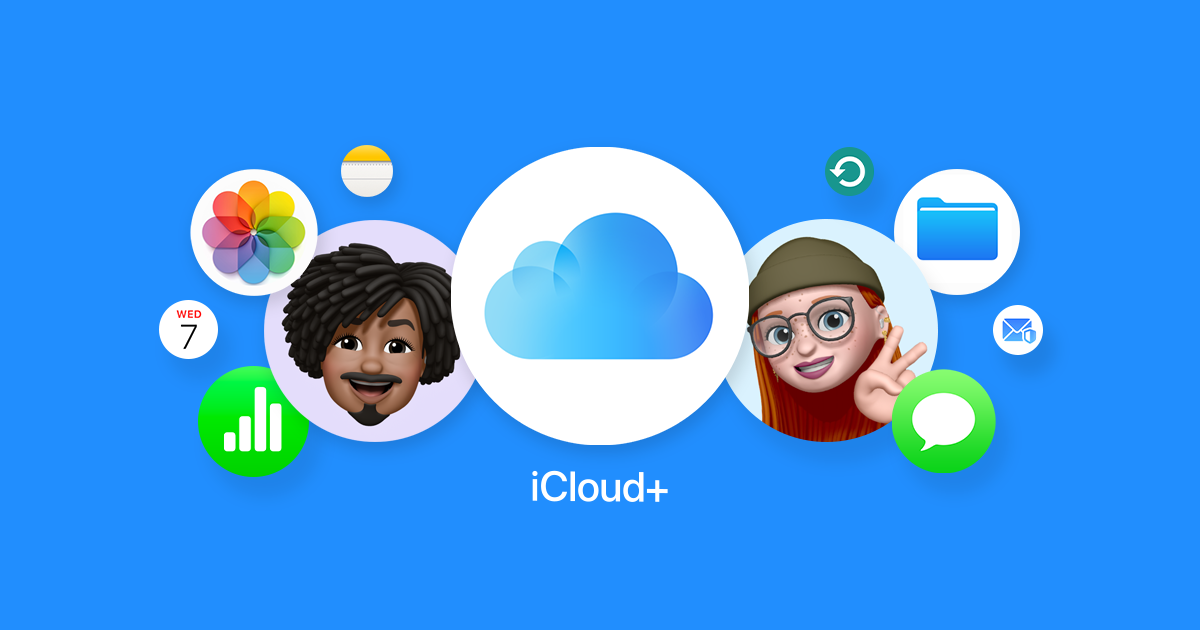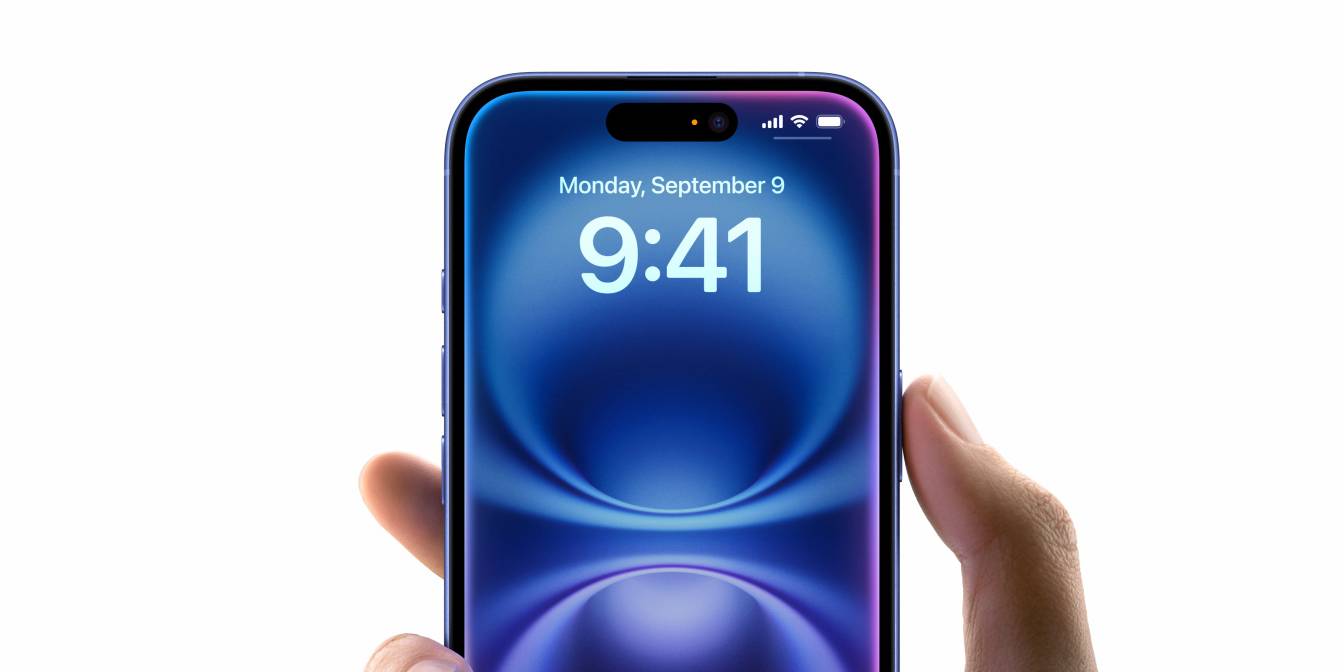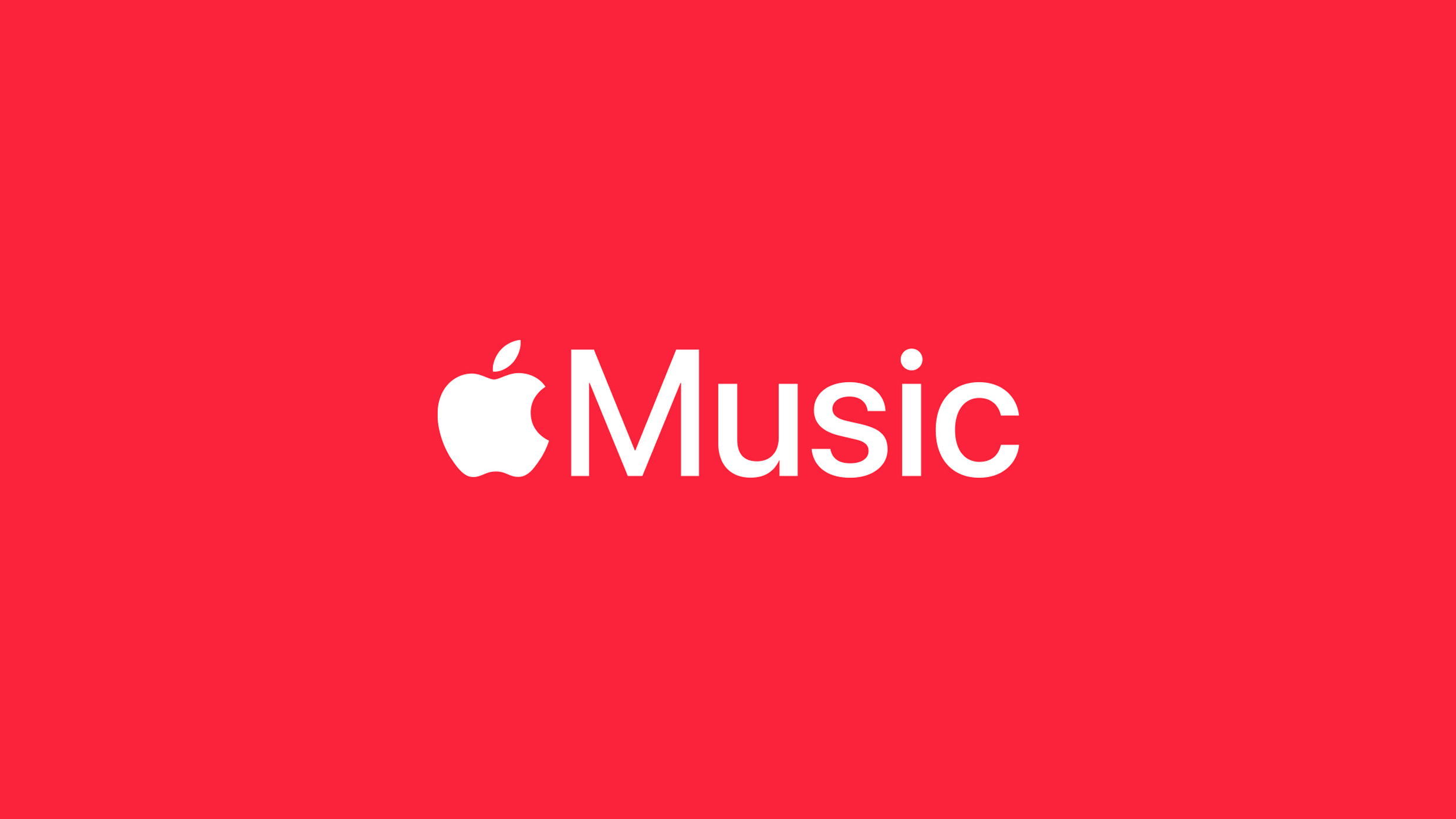Apple is making some exciting changes to CarPlay and macOS that are designed to make your experience smoother and more fun.
CarPlay’s next generation is almost here
The new version of CarPlay is looking better than expected. CarPlay will soon be able to control more of your car’s features, like the air conditioning and radio, right from the dashboard screen. The new design shows more information at once, such as maps, music, and even car details like speed and fuel. Car makers are already testing these features, and the new CarPlay will look different depending on the brand of your car. This means you’ll have a more personalized and helpful display while driving.
macOS Tahoe brings a fun twist
Apple’s latest Mac update, called macOS Tahoe, is adding a playful touch to your computer. Now, you can change your mouse pointer to look like Mickey Mouse’s hand. This feature is easy to turn on and adds a bit of fun to your daily computer use. Besides this, macOS Tahoe also brings other improvements to make your Mac run better and feel more up-to-date.
In summary
Apple is working hard to make both CarPlay and macOS more useful and enjoyable. The new CarPlay will help you control your car more easily, and macOS Tahoe adds some fun with the Mickey Mouse cursor and better performance. These updates show Apple’s focus on making technology simple and enjoyable for everyone.
